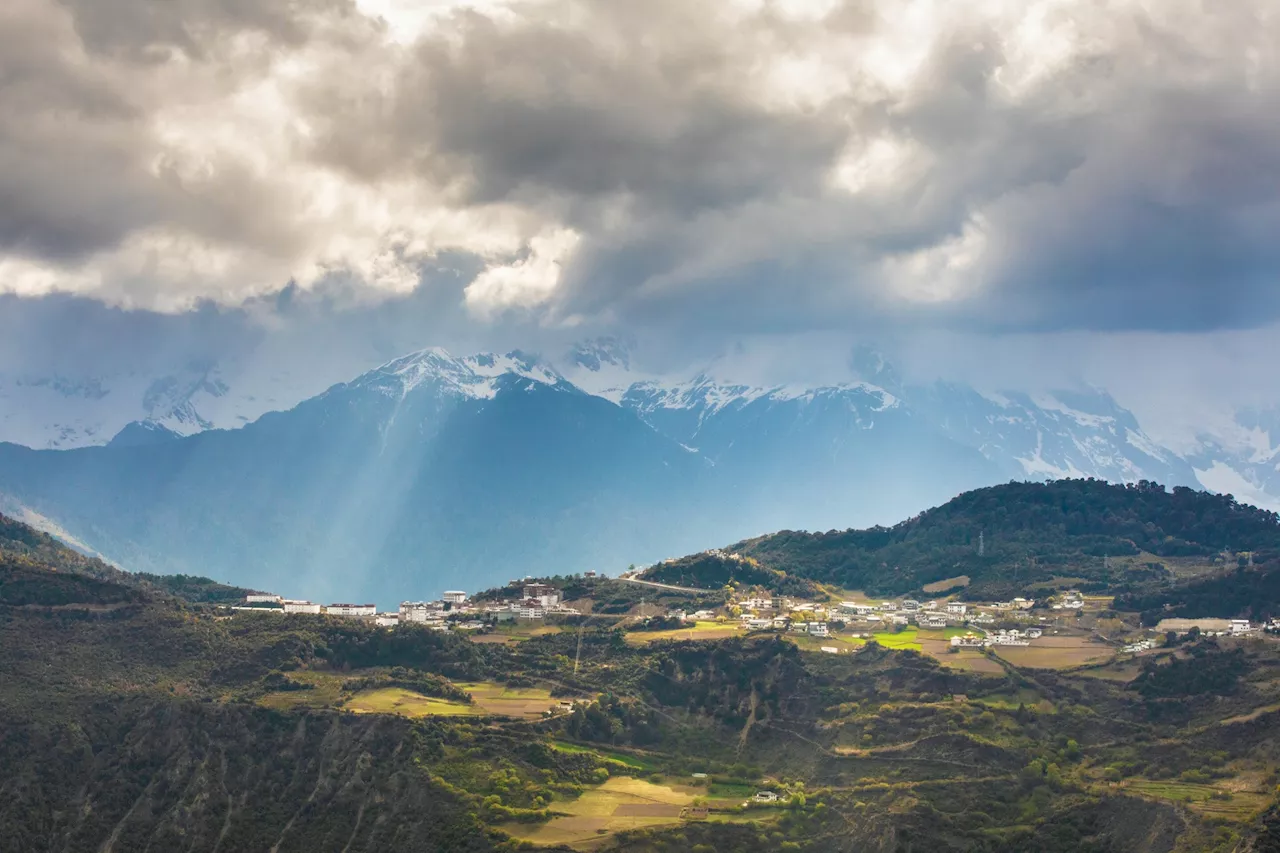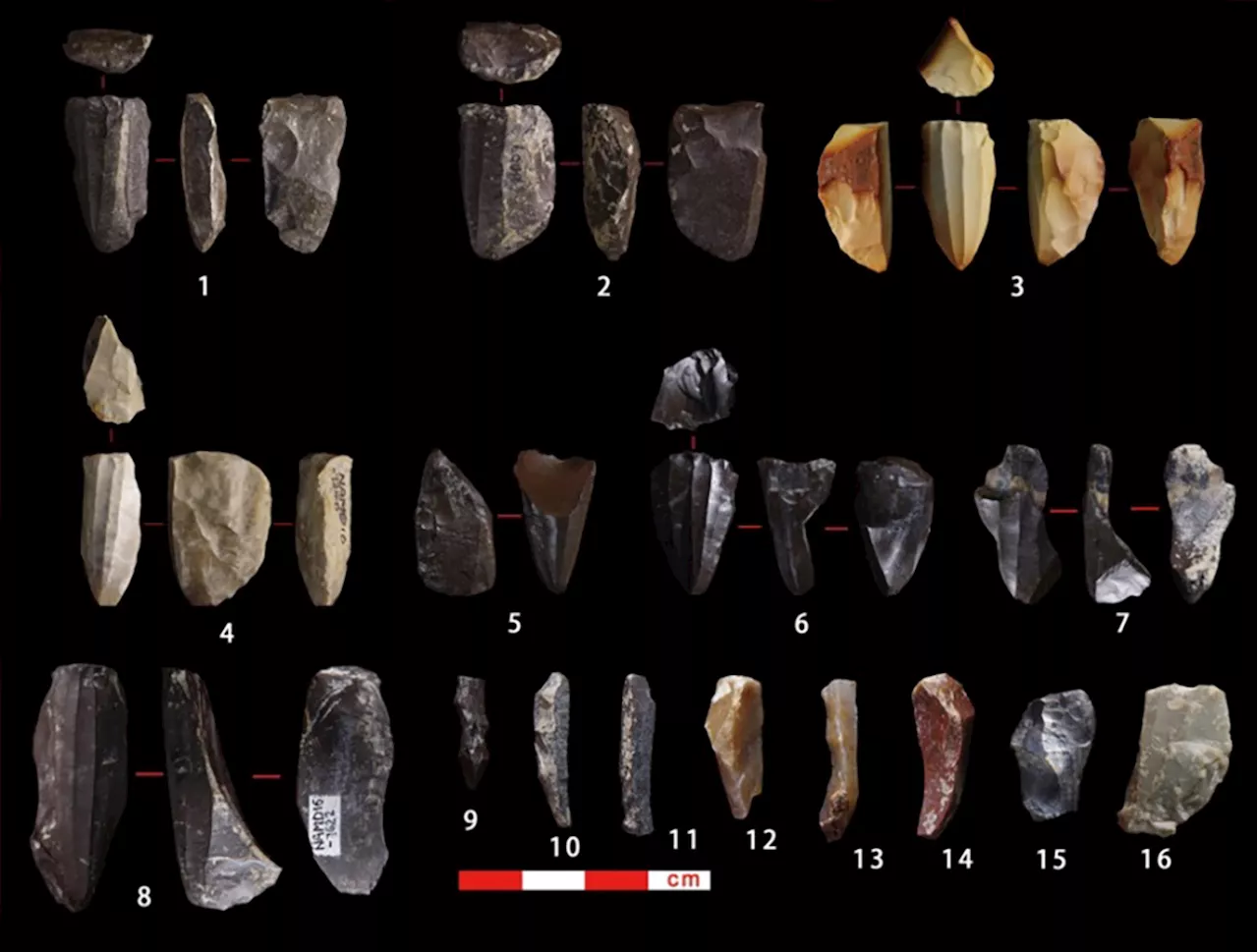Up on the 'roof of the world,' one of the world's largest ecosystem restoration projects is taking place. The Qinghai-Tibetan Plateau (QTP) in western China is the world's highest plateau and covers a land area roughly five times the size of France.
Combining community values with science is key to ecosystem restoration, study demonstrates retrieved 8 July 2024 from https://phys.org/news/2024-06-combining-community-values-science-key.html
This document is subject to copyright. Apart from any fair dealing for the purpose of private study or research, no part may be reproduced without the written permission. The content is provided for information purposes only.Jul 5, 2024 Use this form if you have come across a typo, inaccuracy or would like to send an edit request for the content on this page. For general inquiries, please use ourThank you for taking time to provide your feedback to the editors.
Your feedback is important to us. However, we do not guarantee individual replies due to the high volume of messages.to let the recipient know who sent the email. Neither your address nor the recipient's address will be used for any other purpose. The information you enter will appear in your e-mail message and is not retained by Phys.org in any form.Get weekly and/or daily updates delivered to your inbox.
Physics News Science News Technology News Physics Materials Nanotech Technology Science
United States Latest News, United States Headlines
Similar News:You can also read news stories similar to this one that we have collected from other news sources.
 China falsely denies Tibetan religious repression after Pelosi, other lawmakers visit Dalai LamaThe U.S. Resolve Tibet Act accuses China of “suppressing the ability of the Tibetan people to preserve their religion,” a claim supported by U.N. experts, Human Rights groups and media reports.
China falsely denies Tibetan religious repression after Pelosi, other lawmakers visit Dalai LamaThe U.S. Resolve Tibet Act accuses China of “suppressing the ability of the Tibetan people to preserve their religion,” a claim supported by U.N. experts, Human Rights groups and media reports.
Read more »
 Researchers reveal effects of climate change on above- and belowground biomass distribution on Tibetan plateauGlobal warming has significantly altered plant growth patterns on the Tibetan Plateau (TP) over the past three decades. Plants adjust their growth trajectories in response to climate change, prioritizing leaf and stem growth or root extension to better absorb nutrients from the sun, atmosphere, or soil.
Researchers reveal effects of climate change on above- and belowground biomass distribution on Tibetan plateauGlobal warming has significantly altered plant growth patterns on the Tibetan Plateau (TP) over the past three decades. Plants adjust their growth trajectories in response to climate change, prioritizing leaf and stem growth or root extension to better absorb nutrients from the sun, atmosphere, or soil.
Read more »
 15,000-Foot Secrets: Ancient Tools Reshape History on the Tibetan PlateauScience, Space and Technology News 2024
15,000-Foot Secrets: Ancient Tools Reshape History on the Tibetan PlateauScience, Space and Technology News 2024
Read more »
 Researchers find earliest evidence for a microblade adaptation in the Tibetan plateauA research team led by Prof. Zhang Xiaoling from the Institute of Vertebrate Paleontology and Paleoanthropology (IVPP), Chinese Academy of Sciences, published a paper entitled 'The Earliest Evidence for a Microblade Adaptation in the Remote, High Altitude Regions of the Tibetan Plateau' in Science China Earth Sciences.
Researchers find earliest evidence for a microblade adaptation in the Tibetan plateauA research team led by Prof. Zhang Xiaoling from the Institute of Vertebrate Paleontology and Paleoanthropology (IVPP), Chinese Academy of Sciences, published a paper entitled 'The Earliest Evidence for a Microblade Adaptation in the Remote, High Altitude Regions of the Tibetan Plateau' in Science China Earth Sciences.
Read more »
 Tibetan Plateau shows unique stable carbon isotope characteristics of carbonaceous aerosol endmembersCarbonaceous aerosols not only alter the atmospheric radiation budget, but also accelerate glacier melt by reducing the albedo of ice and snow surfaces. However, due to the heterogeneity of carbonaceous aerosols, the identification of their sources and the assessment of their environmental impact pose significant challenges.
Tibetan Plateau shows unique stable carbon isotope characteristics of carbonaceous aerosol endmembersCarbonaceous aerosols not only alter the atmospheric radiation budget, but also accelerate glacier melt by reducing the albedo of ice and snow surfaces. However, due to the heterogeneity of carbonaceous aerosols, the identification of their sources and the assessment of their environmental impact pose significant challenges.
Read more »
 Extinct humans survived on the Tibetan plateau for 160,000 yearsBone remains found in a Tibetan cave 3,280 m above sea level indicate an ancient group of humans survived here for many millennia.
Extinct humans survived on the Tibetan plateau for 160,000 yearsBone remains found in a Tibetan cave 3,280 m above sea level indicate an ancient group of humans survived here for many millennia.
Read more »
